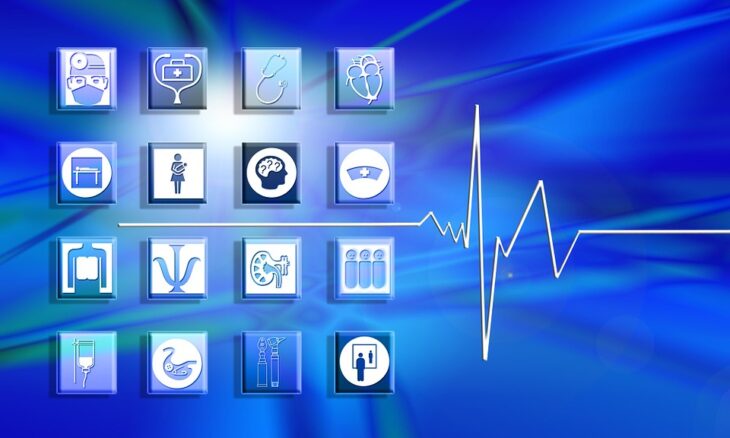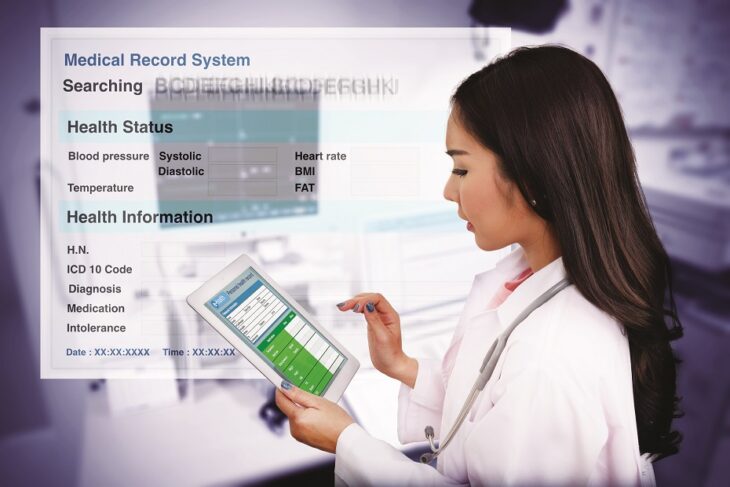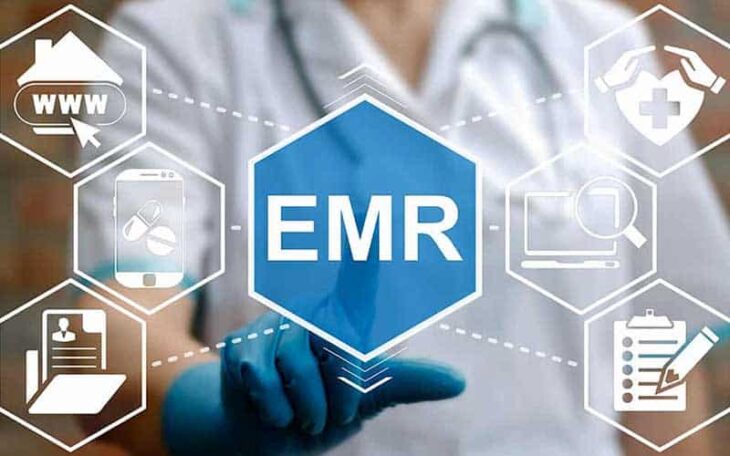Doctors, nurses, and other healthcare providers work diligently to save lives and improve the health and wellbeing of their patients. Before computer technology came on the scene, however, the care they were able to give was heavily dependent on manual health records that were often full of errors or neglected entirely.
Although the foundation of computer technology was laid in the 60s and 70s, it wasn’t until the past few decades that digital patient record-keeping became the advanced system we know today. The systematized collection of patient information, formally referred to as Electronic Health Record (EHR), has drastically transformed hospital and health care in a myriad of ways. A topic that AMEequipment.ca knows a great deal about.
Contents
Record Content

Source: mhrainspectorate.blog.gov.uk
In the past, medical records were limited to the information busy medical staff members had time to write down. Doctors often relied on nurses, nurses’ aides, or receptionists to get vital information in a patient’s chart. The amount of human error that took place during those days and the lives lost because if it may never be fully known, but without a doubt, the cost was huge.
Today, thanks to digital patient record-keeping, information can be entered (and accessed) at a patient’s bedside. Electronically recording data takes a fraction of the time it did when it had to be executed manually and accessing information is even quicker. That means that more detailed, up-to-date information is likely to be included and it stands to be more accurate too (What are the advantages of electronic health records? | HealthIT.gov).
Record Sharing
Before records were kept in a digital format with easy access to caregivers, it was difficult and sometimes impossible for medical staff to communicate. Vital information was often missed, and lives were lost because of it. Electronic health advancements have made it commonplace for one doctor to share information with another and for all healthcare workers who are involved in a patient’s care to have access to the data.
Networking among clinicians has grown in popularity and has become much more comprehensive so that all aspects of a patient’s medical condition can be taken into consideration (Electronic Health Records Save Lives (healthtian.com)).
Patient Access to Records

Source: gracecentury.com
Many patients now have the tools to electronically access their own records, allowing them to play a more active role in their own healthcare. If a patient forgets what his or her physician said, a summary of the visit is readily available online. Furthermore, a list of medications and the instructions on taking them will be listed in the chart.
Patients can add information, such as family health history, and can make corrections too if they notice information is incorrect or is missing.
It is believed by many healthcare providers that having electronic access to their medical records encourages patients to be more proactive. They are more likely to take their potential or existing medical issues seriously by seeing a comprehensive picture of their health (How Does Electronic Health Records Improve Patient Care? | The Healthcare Guys).
Communication is also much quicker and more accurate between healthcare providers and patients when HER is involved because oftentimes a patient can send a message versus trying to reach a physician on the phone. Patients may also feel more comfortable asking questions online rather than in person or on the phone.
The bottom line is patients are empowered by access to their digital medical records and they are entitled to them as well. Gone are the days when a patient had to beg to get access to their own records on file and was often denied viewing their own information.
Privacy
While it might seem that digital medical record keeping has increased the risk of patient privacy violations, the opposite is actually true. Privacy, security, and confidentiality are areas of concern that are constantly being improved in the electronic medical field (Security and privacy of electronic health records: Concerns and challenges – ScienceDirect). Great strides are being made all the time to the point that already, due to passwords and security settings, the level of patient privacy exceeds what it was when physical records were kept.
EHR and EMR – What’s the Difference?

Source: govhealthit.com
Emr vs ehr. while an EHR and EMR are similar in many ways, they aren’t the same thing. EMR is an Electronic Health Record, a medical record synopsis in digital form. It includes such things as past medical history, immunizations, allergies, health issues, medications the patient is on or has been on, lab data and results, and demographics. EMRs help physicians make an important decision when providing care to patients. This type of record is designed to be shared with other healthcare providers.
An EMR is an Electronic Medical Record that is limited to one practice. It typically tracks patient progress, monitors conditions, and checks a patient’s status in regard to vaccinations, heart rate, weight, blood pressure, and so forth. This type of record is not transferred to another doctor’s office, even if the patient leaves the practice.
Benefits of Digital Records
The benefits digital record keeping has brought to healthcare are immense. There is a decrease in medical errors that once occurred due to illegible handwriting or other mistakes made by human error. Since the process is shorter and more simplified now that it’s in digital format, it’s much more likely that more extensive information is recorded. A new technology that accompanies digital record keeping, such as barcode scanning, reduces prescription and lab errors. And, when time is of the essence, like with cancer patients, as it has throughout the ages, technology comes through once again.
Eighty-nine percent of office-based doctors are using EMR and/or EHR systems with 72.3% of the systems being certified (2019 National Electronic Health Records Survey Public Use File National Weighted Estima.). Digital patient record-keeping is projected to be a 657-billion-dollar industry by the year 2025 (Global digital health market forecast 2025 | Statista). More importantly, the systematic approach to acquiring and saving healthcare information will save lives. The more it’s perfected, the more priceless it will become.
